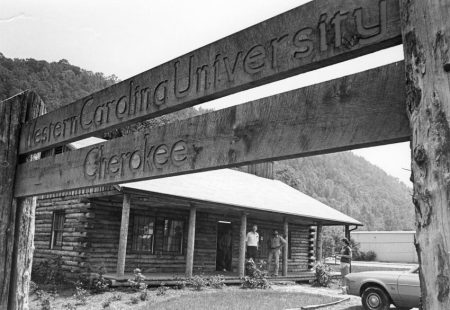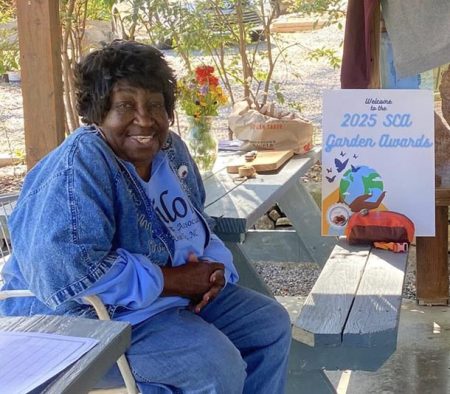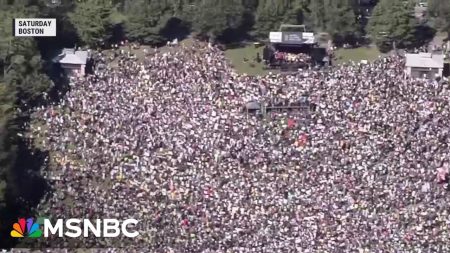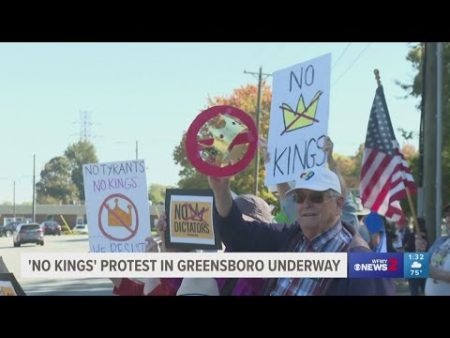Asheville’s Downtown Master Plan – Update
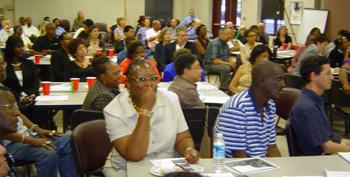 |
| Members of Asheville’s African American community participating in Master Planning sessions. |
Asheville’s African American Community Continues Collaboration Efforts
by Sarah Williams
The Asheville Downtown Master Plan has been long in development. According to City Planner and AICP Project Manager Sasha Vrtunski, one of the key components of the Master Plan is public input.
After the first kick-off meeting, the Advisory Committee and the consulting team both recognized that two groups that were underrepresented were the African American community and the business community. The Committee began an outreach process to bring in both groups. Workshops were scheduled for May 31, June 12, July 28, and September 15, with the hope that participation would improve. For the final two meetings, the Committee strongly encouraged the African American community to share its visions, ideas, criticisms, and feedback.
On September 15 YMI Executive Director Harry Harrison presented a
slide show of the well-remembered residential Valley Street Area, lost
to “urban development” beginning in the 1970s. Those attending
recognized long-lost stores and streets, recalled business owners from
the community, and called out at the image of Stephens-Lee High School.
Thirty years ago, African Americans knew that Valley and Eagle
Street areas needed renovation, but no one expected the community to be
virtually destroyed. Some have expressed the hope that, when the
Asheville Master Plan is implemented, the Eagle-Market and Valley
Street area will become part of the Urban Trail with plaques and
memorials to show landmarks that are valuable to the African American
community.
According to Ms. Vrtunski, “Our purpose for this area is to
acknowledge this history upfront. It’s important to a lot of people. We
want people to be able to talk about the future and what they want to
see happen. It’s often hard for people to talk about the future if the
past has not been discussed. It gives everyone in the room a common
starting point: not that everyone in the room lived through it, [but]
at least they can hear about it, and hopefully understand the
significance to the people who lived there.”
The Master Plan is just that, a plan. Implementation will need
to come from the City of Asheville and from nonprofit organizations and
the private sector, including individuals and businesses. There will be
parts of the plan that government cannot do. It is anticipated that the
team will be making recommendations about the Eagle-Market Street area,
but the team is not making specific recommendations about residential
neighborhoods like East End. “I do think, though, that there will
probably be some recommendations about trying to re-knit the East End
neighborhood with downtown, but perhaps this neighborhood should have
its own neighborhood plan,” stated Ms. Vrtunski.
How will the Master Plan be funded? Ms. Vrtunski says, “The
Master Plan, the actual [planning process], was funded from the 2007
budget. I think you’re talking about the actual implementation of the
plan, and that’s a big question right now, especially with the current
financial situation. There are going to be funding strategies suggested
in the plan, but I don’t know what those are yet. After the draft plan
is released to the public, there may be more answers to this question.”

